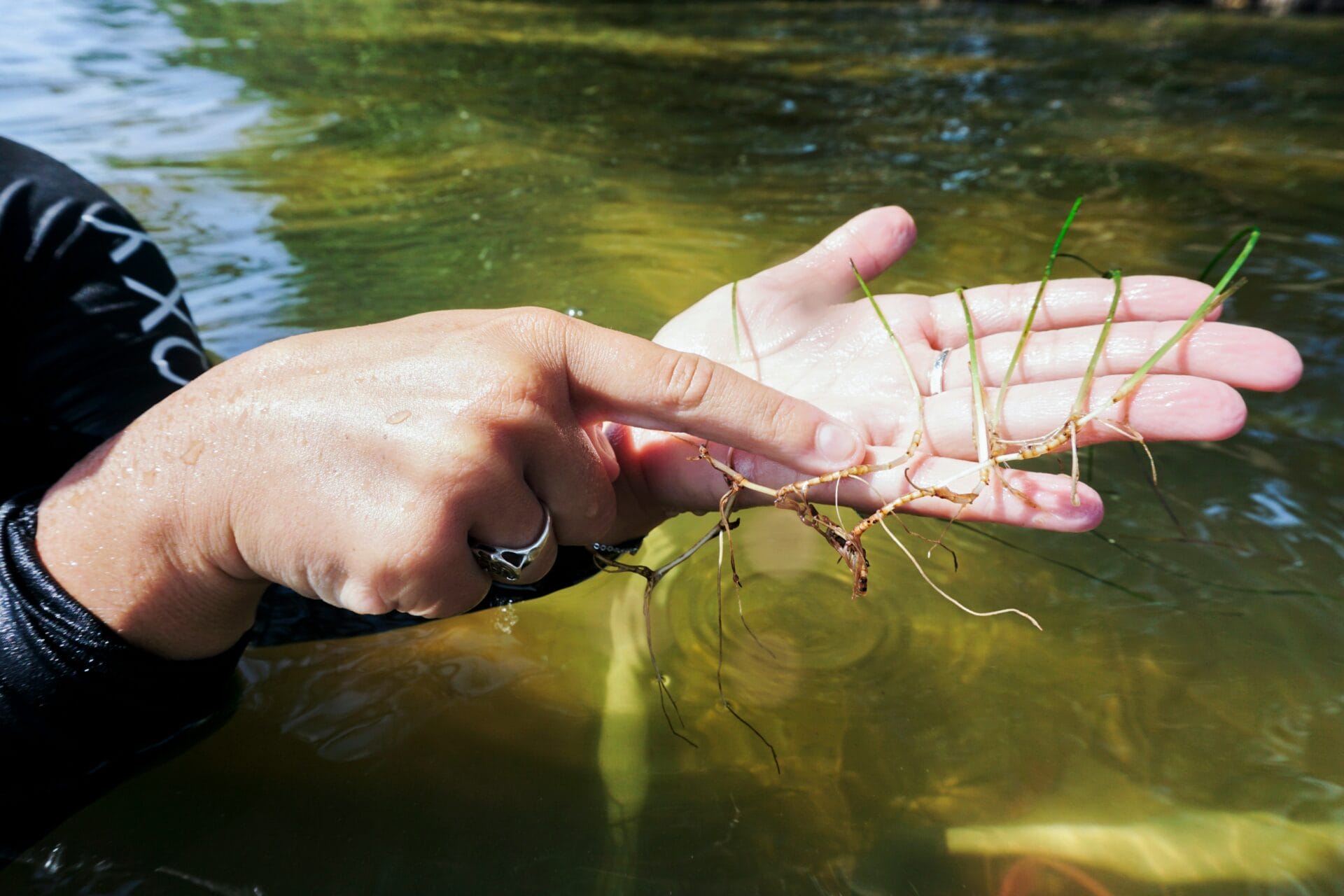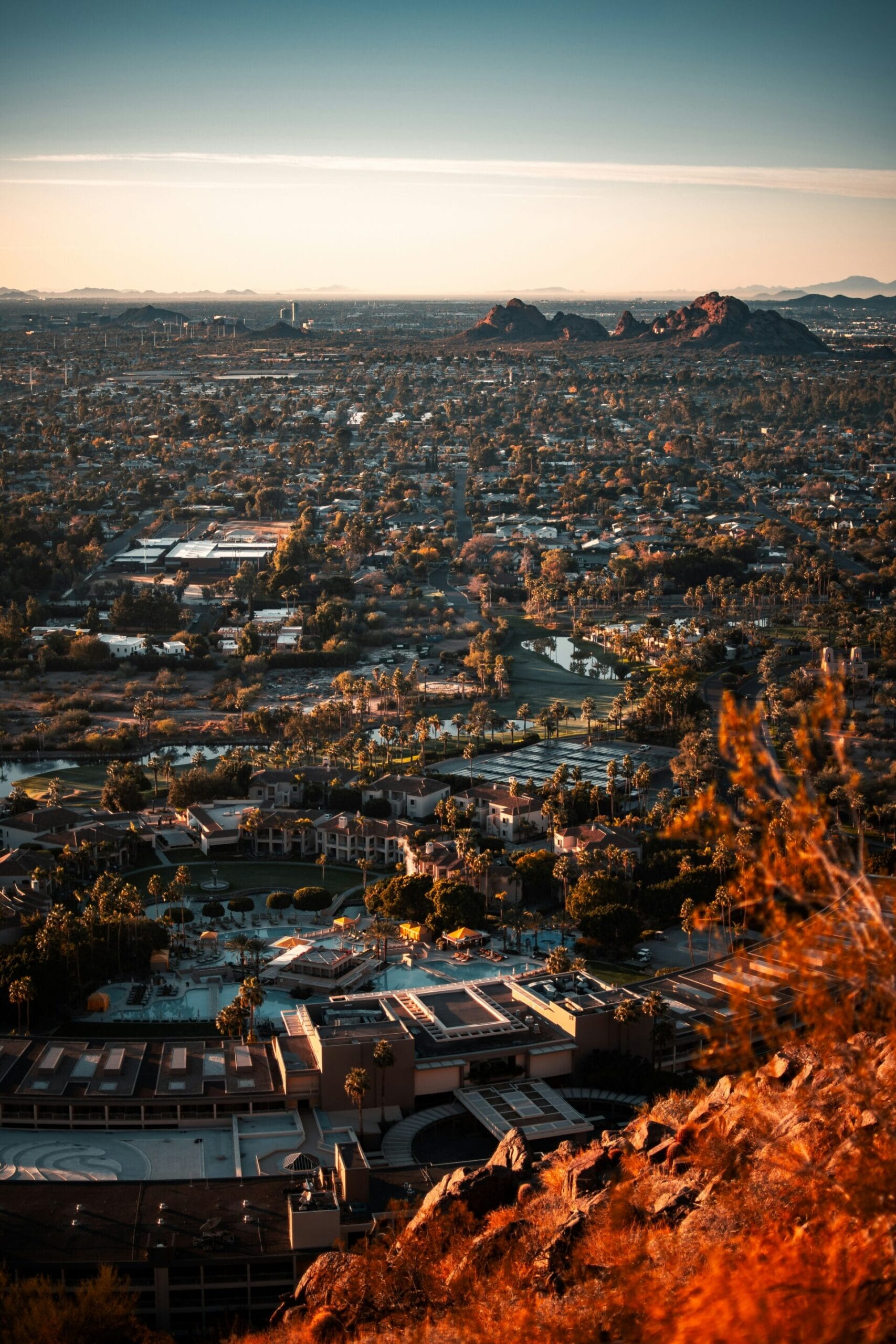CAP LTER engages K-12 teachers and students through its award-winning Ecology Explorers program.
The program works to improve science literacy by introducing teachers and students to the actual research conducted by university level scientists and by involving K-12 students in scientific investigations.
What will you explore first?

Teacher toolbox
We have developed a variety of lessons that cover a wide range of concepts in urban ecology and sustainability.

Activities
You can study and learn about our urban ecosystem through scientific protocols and other learning activities.
Our urban ecology
The metropolitan Phoenix urban ecosystem
Phoenix is an expanding urban area within the Sonoran Desert and the Sonoran Desert is home to some of the most diverse native plant and animal species of any desert in the world. Some Phoenix neighborhoods used to be farmland, while others used to be desert. People have had a large impact on the desert ecosystem and the desert ecosystem has influenced how the city has developed.
How has your neighborhood changed over the past 50 years? Do you know its history? How does the creation of new neighborhoods impact the desert? How does the creation of new neighborhoods affect older neighborhoods? Are people thinking about using land differently than in the past? Our scientists are collecting and analyzing data about how the Phoenix area and its neighborhoods have changed and are still changing, to address these questions.


Study our urban ecosystem
Ecology is about studying the relationships and interactions between living and nonliving things in a particular area. Urban ecologists study people, plants and animals living in and near cities, as well as the relationship between those living things and the nonliving elements of their environment. They also study how people change their environment and how those changes can come back to affect people and other living things.
What do you know about the living and nonliving things in your neighborhood and city? How many birds live in your neighborhood? How can you keep your backyard cool? By studying your own backyards and neighborhoods, you and your classmates can think about how to make our cities better places for other people and for the other living things that share our urban home.
What is an ecosystem?
A pond, a forest, a meadow, a terrarium and a fish tank are all ecosystems. Each includes a community of living things (plants, animals, microbial organisms) interacting with non-living things (sunlight, nutrients, soil, water, wind).
What is an urban ecosystem?
An urban ecosystem includes people and the structures they build among the living and nonliving things that make up the community. In an urban ecosystem, humans influence ecological factors (plants, air, soil, animals) and human decisions (like where and how to build houses, parks, highways, schools) are influenced by ecological factors.